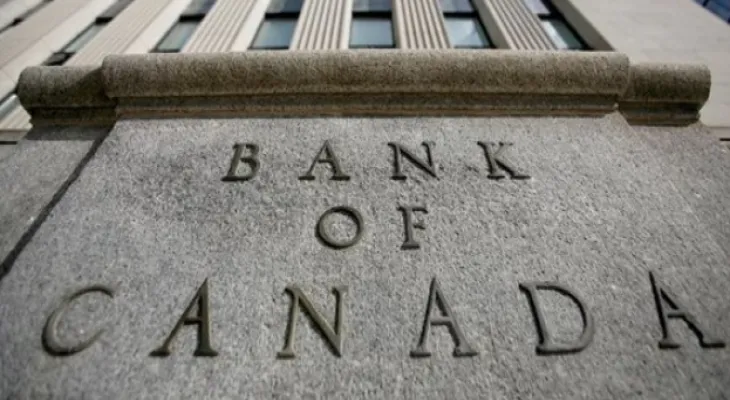Search here
Newspaper
Search here

Arab Canada News
News

Published: April 14, 2024
Canada is witnessing a rise in inflation over the past few years, and the Canadian government along with the Bank of Canada is trying to mitigate the side effects of the consequences and impacts of inflation. There have been expectations that the Bank of Canada will lower interest rates soon in light of recent data and an unexpected drop in the inflation rate to 2.8 percent in February, marking the second consecutive month that inflation has reached the target range set by the central bank, which is between one and three percent.
Financial markets have increased their bets on an interest rate cut in June, approaching a likelihood of 75 percent, up from 67 percent before the numbers were published.
Royce Mendes, Managing Director and Head of Macro Strategy at Desjardins, wrote in a research note: "Alongside the recent weak prints of the Consumer Price Index, these numbers are expected to prompt the Bank of Canada to open the door for policy easing around the middle of this year..." Our view remains that the central bank will embark on a strong interest rate-cutting cycle this year, extending into next year, to offset the impacts on the economy from mortgage renewals and slowing population growth.
Wage growth rose in March, with the average hourly wage increasing by 5.1 percent year-on-year, after signs of slowing in February with an annual increase of 4.9 percent.
Statistics Canada reported that there were fewer people working in the accommodation and food services industry (down 23,000), wholesaling and retail (down 27,000), and professional, scientific, and technical services (down 20,000), while employment in healthcare and social assistance rose in March (up by 40,000) as well as in the construction industry (up by 15,000).
Last February, the Canadian labor market added a net 40,700 jobs more than economists had expected, reinforcing the view that the Bank of Canada will continue to wait before easing monetary policy.
Comments